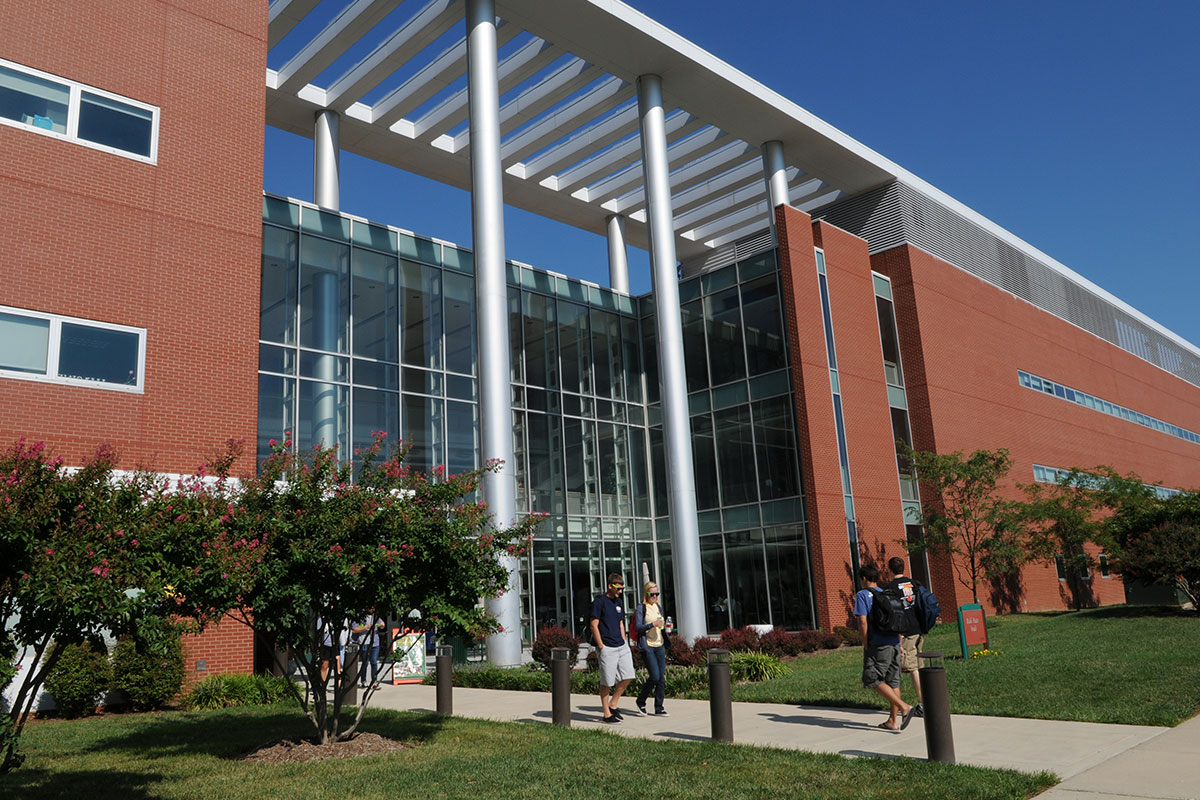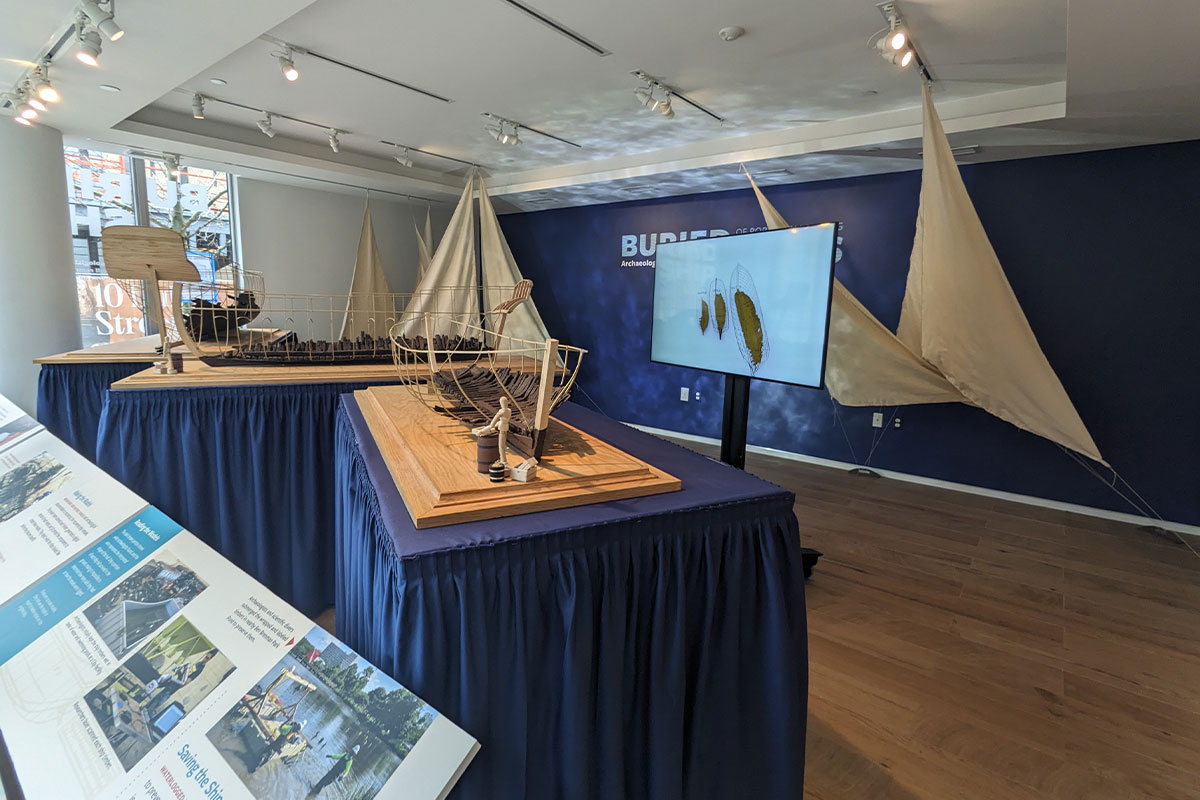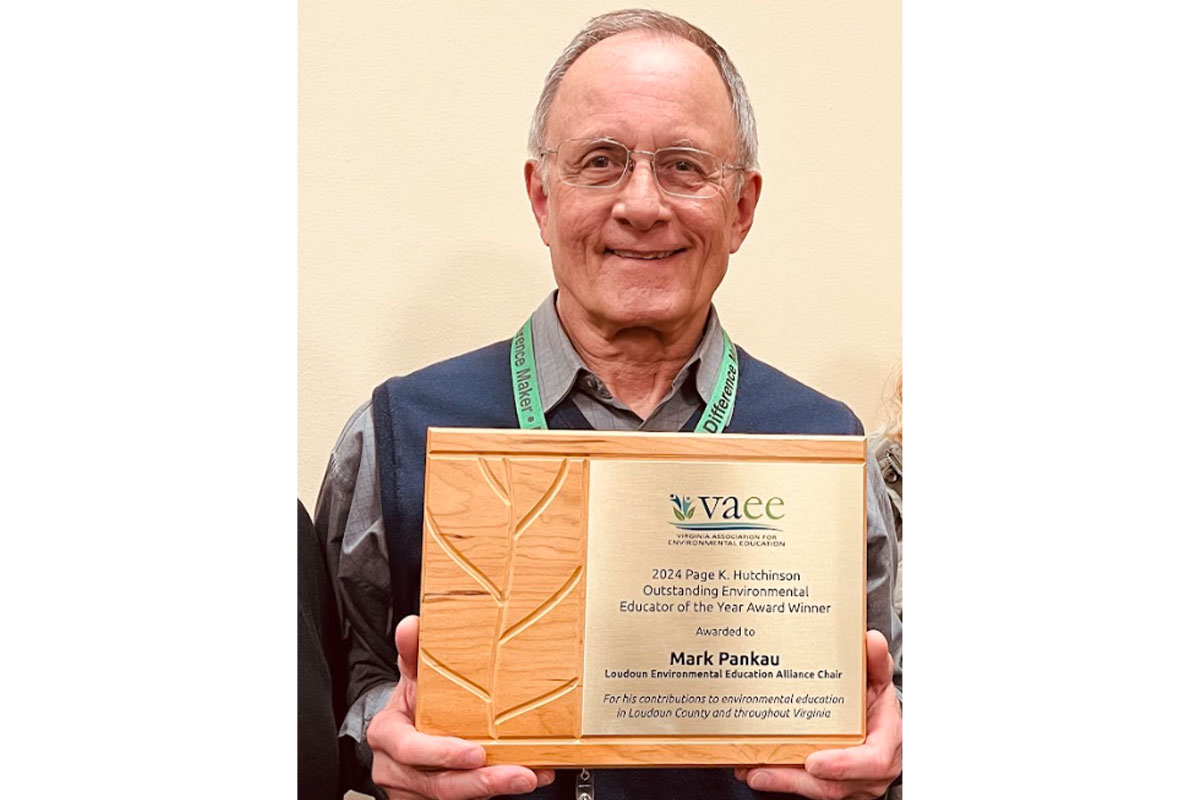
George Mason University is Virginia’s largest public research university, and in the coming years, the Science and Technology Campus in Manassas will become even bigger, according to the director of administration and operations for the campus, Ron Carmichael.
The expansion will bring two new academic buildings, four-degree completion programs and housing for undergraduates, as well as a possible town center. All of the changes are part of the university’s five- to eight-year strategic goal of more than tripling the current 1,000 full-time student population to about 3,550, according to Carmichael.
“There’s space in Prince William for this project,” says Carmichael. “Most of our programs will relate to physical science, engineering, IT, and we will continue to have recreation health and tourism, too, to make it a full-service campus.”
There are currently eight buildings on the Science and Technology Campus, including three research facilities, two academic buildings, one student housing facility for graduate students, a recreation and fitness center, and a performing arts center. According to Carmichael, building additional classrooms and research labs will help attract undergraduate students to the various programs offered at this GMU campus.
For more Education content, sent directly to your inbox, subscribe to our e-newsletter.
One of the two future academic buildings, which will be a 100,000-square-foot site consisting primarily of teaching labs, is currently in the design phase, with a completion date of spring 2023. Carmichael and his team have plans to discuss the addition of a second building, titled Academic VIII, in the spring of 2020, which will include additional classrooms and teaching labs within 200,000 square feet of space.
With more room for learning, there is an opportunity to bring four-year degree completion programs for undergraduates on campus, according to Carmichael. As of now, forensic science will be the first program to be implemented, followed by one or two others that will focus on education in a similar field. Plus, there will be space for undergraduates to live on campus by 2023, according to Carmichael.
A critical piece of the project, according to Carmichael, is the completion of a town center, which the staff at GMU is hoping to see approved and developed within the next six to eight months.
“If we are going to bring four-year programs on campus, then we need a hub for student amenities,” Carmichael explains. “We need coffee shops, laundry and quick-stops, all the things students depend on at a four-year campus. We might also see some active adult housing grow in the area, which would help provide more support toward the campus.”
In recent months, George Mason University started considering the addition of a state-of-the-art, specialty medical school that would admit 40 to 45 students for the starting year, if approved. Carmichael says the university is currently in the “fact-finding stage,” with plans to meet with a number of health providers in the area to gauge interest and see if the investment is worth it.
“This would be the campus where it would happen,” says Carmichael of the Science and Technology Campus. “We should know within the next 12 months if that’s a reality or not. But it’s really just exciting to think eight years down the road, we might have a new town center, new programs and continue the high level of research we are currently involved in.”




